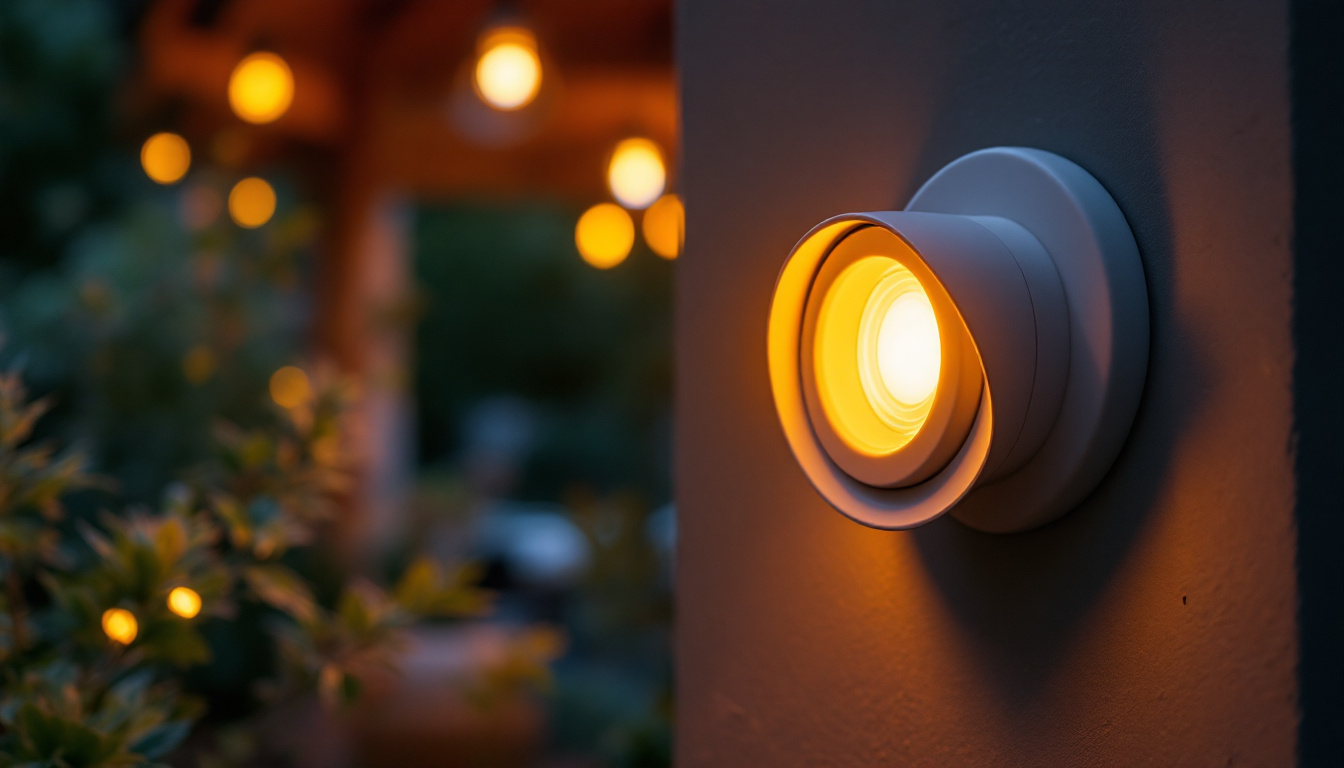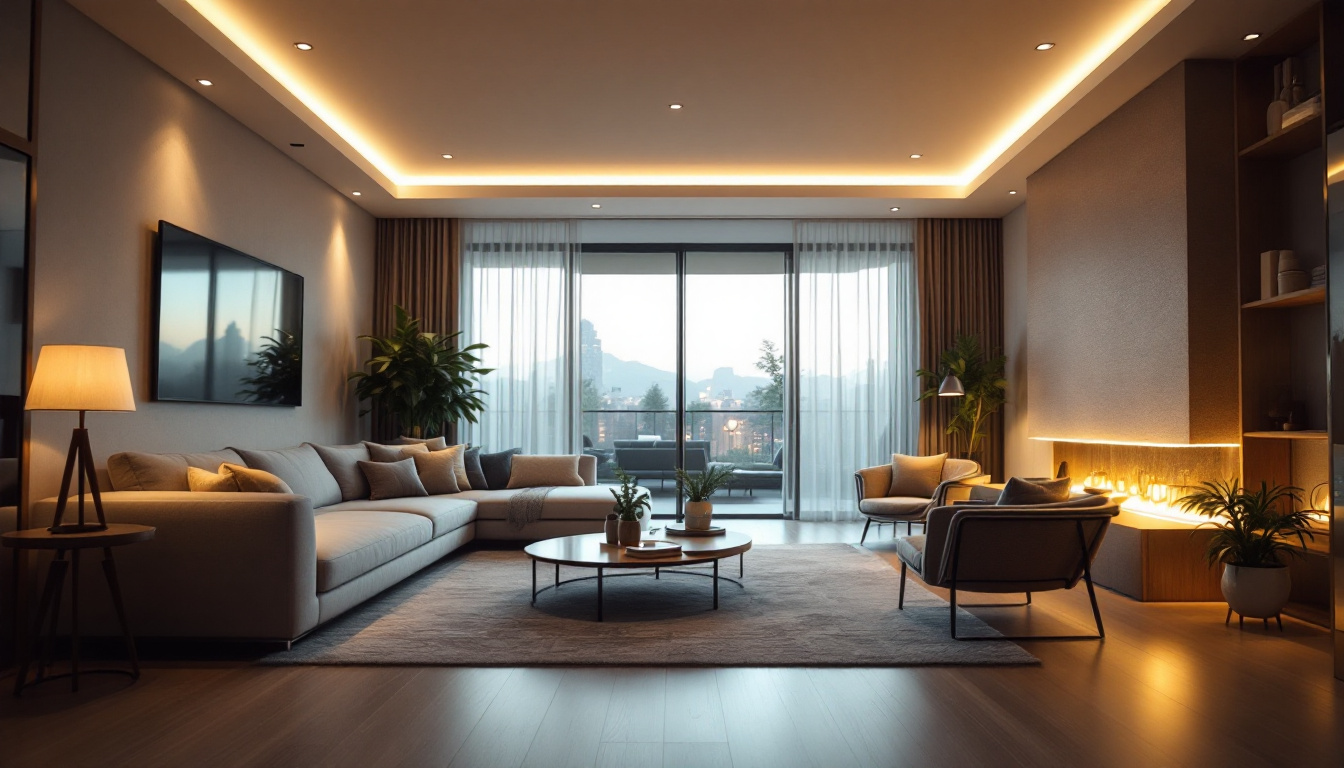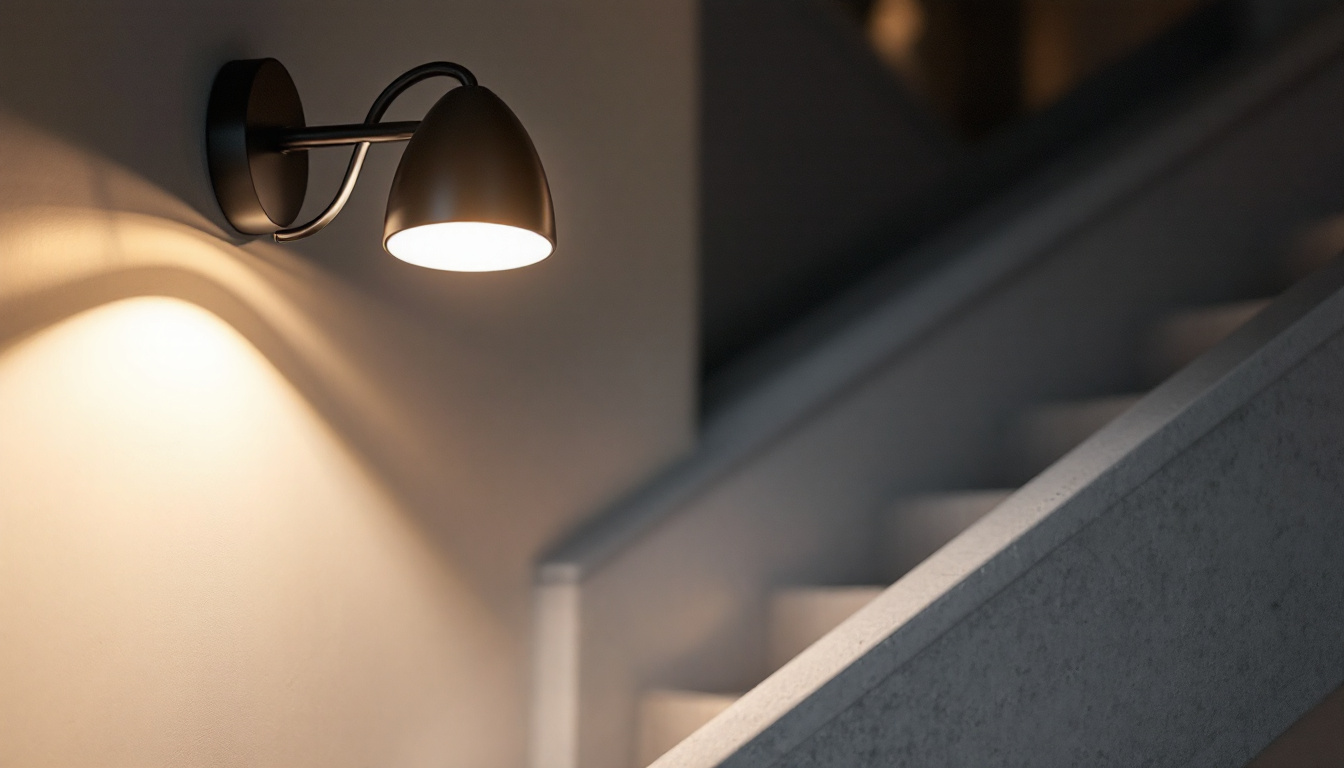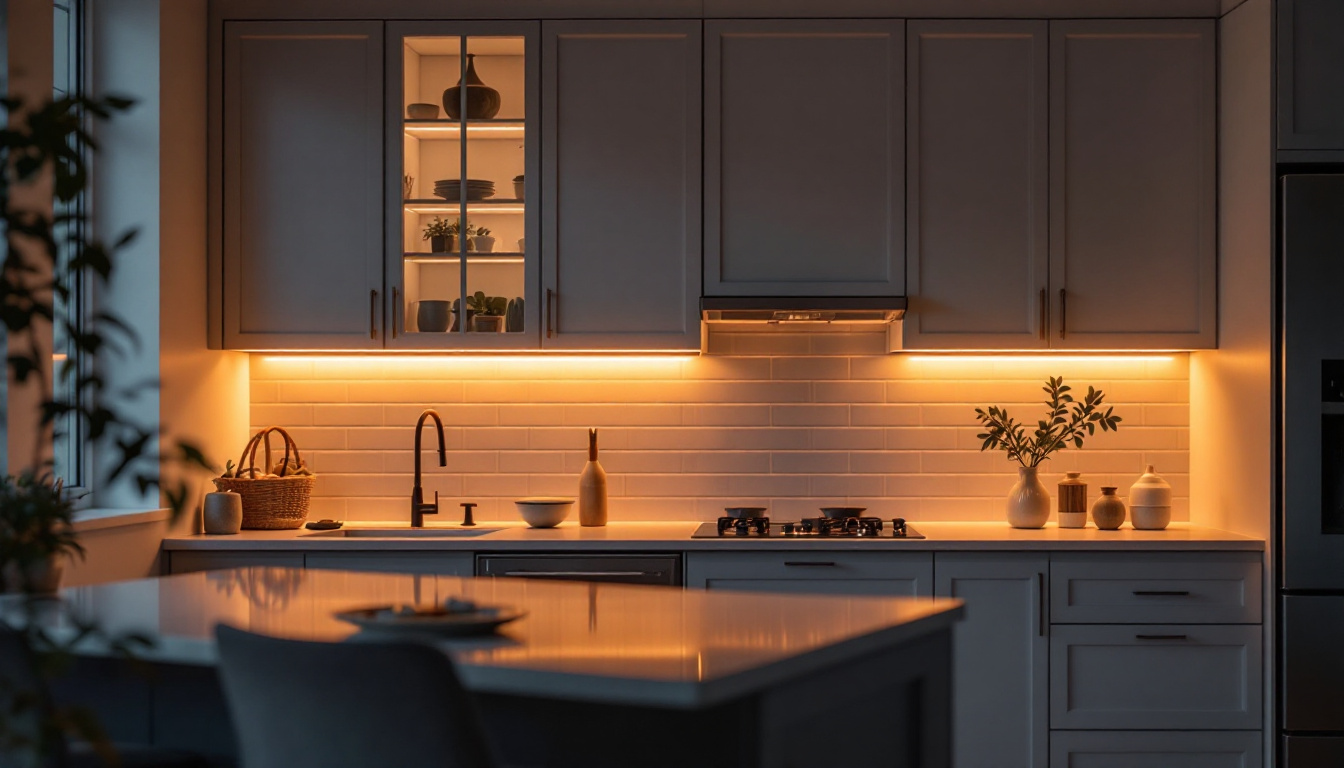
Understanding outdoor light sockets is crucial for lighting contractors who wish to provide efficient and safe lighting solutions. This article delves into the essential aspects of outdoor light sockets, including their types, installation considerations, and maintenance tips. By the end, contractors will have a solid grasp of outdoor light sockets, empowering them to make informed decisions for their projects.
Outdoor light sockets are electrical components designed to hold light bulbs in outdoor fixtures. Unlike standard indoor sockets, these are specifically engineered to withstand various environmental conditions, including moisture, dust, and temperature fluctuations. Their robust design ensures that they can operate safely and efficiently in outdoor settings.
Typically made from durable materials such as plastic or metal, outdoor light sockets come in various configurations to accommodate different types of bulbs, including LED, incandescent, and fluorescent. Understanding the specifications of these sockets is vital for any contractor involved in outdoor lighting installations. This knowledge not only aids in selecting the right socket but also enhances the overall safety and functionality of outdoor lighting systems.
Moreover, outdoor light sockets often feature additional design elements such as built-in gaskets or seals that further enhance their resistance to the elements. These features help to prevent water ingress, which can lead to short circuits or other electrical failures. Additionally, many outdoor sockets are designed with UV-resistant coatings to protect against sun damage, ensuring that they maintain their integrity and appearance over time.
Outdoor light sockets can be categorized based on their design and functionality. The most common types include:
In addition to these common types, there are specialized sockets designed for unique applications, such as those that accommodate smart bulbs, which can be controlled remotely via smartphone apps. These innovations not only enhance convenience but also allow for energy-efficient lighting solutions that can be programmed to turn on and off based on specific schedules or environmental conditions.
When selecting outdoor light sockets, contractors should consider several key features:
Furthermore, it is essential to consider the ease of installation and maintenance of outdoor light sockets. Some designs feature quick-connect terminals that simplify the wiring process, making it easier for contractors to complete installations efficiently. Additionally, sockets that allow for tool-free bulb replacement can significantly reduce maintenance time, ensuring that outdoor lighting remains functional with minimal effort. These practical features not only enhance the user experience but also contribute to the longevity and reliability of outdoor lighting systems.
Proper installation of outdoor light sockets is essential for safety and functionality. Several factors should be taken into account to ensure a successful installation.
The placement of outdoor light sockets is critical for achieving optimal lighting effects. Consider the following:
In addition to these considerations, think about the purpose of the lighting. For instance, pathway lights should be placed low to the ground to guide footsteps safely, while decorative fixtures may be positioned higher to create ambiance. Furthermore, consider the angle of the light; fixtures that can be adjusted will allow you to direct light where it is needed most, enhancing both safety and aesthetic appeal. Planning the layout in advance can help visualize the overall effect and ensure that no area is left inadequately lit.
Electrical safety is paramount when installing outdoor light sockets. Here are some essential guidelines:
Moreover, consider using GFCI (Ground Fault Circuit Interrupter) outlets for added protection against electrical faults. These devices automatically cut off power in case of a ground fault, significantly reducing the risk of shock, especially in wet environments. It’s also wise to install outdoor lighting on a separate circuit to minimize the load on your home’s electrical system. This not only enhances safety but also allows for easier troubleshooting and maintenance in the future. Always consult with a licensed electrician if you are unsure about any aspect of the installation process, as their expertise can help prevent costly mistakes and ensure a safe setup.
regular maintenance of outdoor light sockets can significantly extend their lifespan and ensure consistent performance. Here are some practical tips for contractors:
Conducting regular inspections can help identify potential issues before they escalate. Look for:
Keeping outdoor light sockets clean is crucial for their performance. Here are some cleaning tips:
In addition to regular inspections and cleaning, implementing weatherproofing measures can significantly enhance the durability of outdoor light sockets. Consider applying a weather-resistant sealant around the base of the socket to prevent moisture ingress, especially in areas prone to heavy rainfall or snow. Furthermore, using weatherproof covers when the lights are not in use can shield the sockets from harsh environmental elements, including UV rays, which can degrade materials over time. This proactive approach not only protects the fixtures but also reduces the frequency of repairs and replacements, ultimately saving time and resources for contractors.
Seasonal maintenance is another essential aspect of keeping outdoor light sockets in optimal condition. As seasons change, so do the challenges posed by the environment. For instance, during autumn, it’s vital to remove fallen leaves and debris that can trap moisture and lead to corrosion. In winter, ensure that snow and ice are cleared away from the fixtures to prevent damage from freezing temperatures. Additionally, spring is an excellent time to inspect for any wear and tear that may have occurred over the winter months, allowing you to address issues before the summer heat sets in. By aligning maintenance tasks with seasonal changes, contractors can ensure that outdoor lighting remains functional and safe year-round.
Even with proper installation and maintenance, outdoor light sockets may encounter issues. Understanding common problems and their solutions can save contractors time and resources.
Flickering lights can be a frustrating issue. Possible causes include:
Overheating can pose a significant safety risk. To address this issue:
Outdoor light sockets are an integral component of any outdoor lighting system. By understanding their types, installation considerations, and maintenance requirements, lighting contractors can enhance their expertise and provide better service to their clients. Regular inspections and proper troubleshooting techniques can prevent common issues, ensuring that outdoor lighting remains functional and safe.
In a field that constantly evolves with new technologies and designs, staying informed about outdoor light sockets and their applications will position contractors for success. Whether working on residential or commercial projects, a solid understanding of these components will lead to improved outcomes and satisfied clients.
Ready to elevate your outdoor lighting projects with the best in class products? Look no further than LumenWholesale for all your outdoor light socket needs. Our extensive selection of spec-grade lighting products is designed to meet the highest industry standards, ensuring durability and performance. With unbeatable wholesale prices and the convenience of free shipping on bulk orders, you can trust us to provide premium lighting solutions that fit your budget. Don’t let middleman markups affect your bottom line. Choose LumenWholesale for quality, affordability, and hassle-free shopping. Visit us now at Wholesale Lighting at the Best Value and experience the difference quality lighting can make.

Discover how recessed LED light bulbs can revolutionize your lighting projects with energy efficiency and modern aesthetics.

Discover the essential resources lighting contractors rely on to master recessed lighting casing.

Discover how a stairway light fixture can transform your lighting projects by enhancing efficiency and aesthetics.

Discover the essential insights on kitchen under cabinet LED lighting that every lighting contractor needs to know.